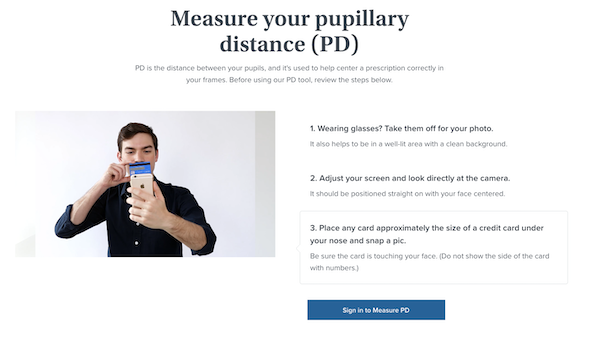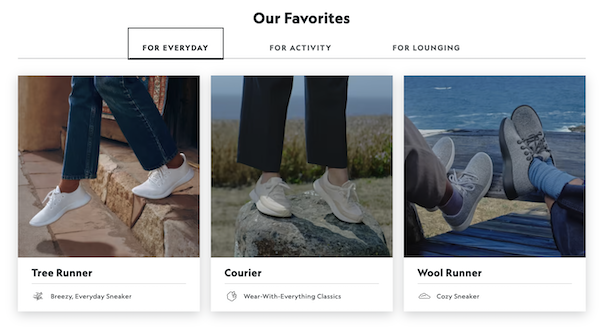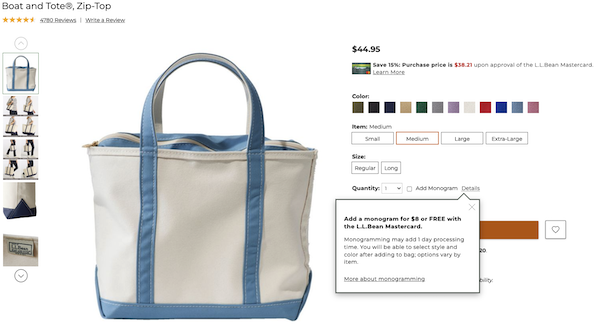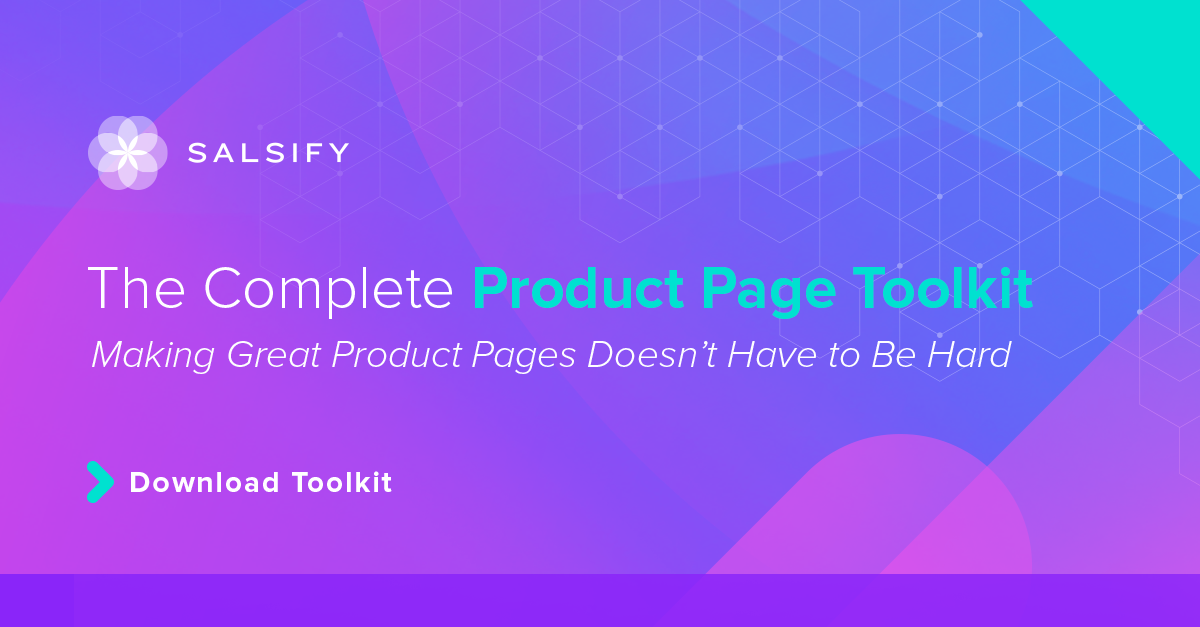The world of fashion is no longer limited to a dressing room. Product videos, editorial images, 360-degree product views, customer reviews, and other enhanced content have created an endless aisle for shoppers.
Fashion and apparel brands must be able to meet shoppers whenever and wherever they shop. The direct-to-consumer (DTC) shopping strategy bridges the gap between brands and consumers, allowing brands to send their products directly to consumers, cutting out retailers and wholesalers.
With the rise of direct-to-consumer (DTC) apparel brands, including digitally native vertical brands (DNVBs), shoppers have discovered that the right product content can deliver shopping experiences that rival in-store shopping.
Here are tips for creating and executing your own DTC strategy from seven of the biggest DTC brands.
What Is a DTC Brand?
Direct-to-consumer (DTC), also known as D2C, brands develop, manufacture, and ship or purvey products directly to consumers.
Many DTC brands successfully navigate some of the biggest industry challenges, including:
- Managing product content across sales channels;
- Recreating the in-store experience online; and
- Fostering engaging customer relationships.
What Are the Best DTC Fashion and Apparel Brands?
Here are six DTC fashion and apparel brands shaping the future of ecommerce to help inspire your brand to drive winning shopping experiences on the digital shelf.
1. Levi’s Leverages the Demand for Vintage
Retail giant Levi Strauss & Co. embodies the future of DTC shopping by seeking out opportunities for engaging user experiences with customers.
The company is leaning into the demand for vintage clothing with Levi’s Secondhand. The online shop resells styles from the company’s heyday for discounted prices. Shoppers who desire vintage but don’t feel like doing the thrifting legwork can purchase verified Levi jeans with minimal effort.

Image Source: Levi's
2. Warby Parker Brings Tech to Prescription Eyeglasses
Warby Parker is an early DTC pioneer that began with the mission to democratize pricing for prescription glasses and give consumers affordable alternatives. Part of its strength has been owning its brand messaging throughout the sales cycle.
Warby Parker has enabled online try-on features and has its own app that lets customers check prescriptions at home without needing to visit their eye doctors.
The company is continually innovating through technology, such as its visual recognition tools (i.e., face mapping) that analyze customer face and pupil dimensions to provide personalized product recommendations.

Image Source: Warby Parker
3. Bombas Centers on Philanthropy
DTC sock brand Bombas began marketing its products directly to consumers online, primarily through ads on Facebook and podcasts.
The brand’s bee logo and mantra, “Bee Better,” encapsulates the socially conscious brand’s ethos, as philanthropy is at the heart of its business. For each pair of socks sold, the company donates a pair to the homeless through its nonprofit and shelter partners.

Image Source: Bombas
This focus on philanthropy has an increased benefit for brands, as 70% of consumers believe brands should take a public stand on important social values, according to Sprout Social.
4. Allbirds Takes a Minimalist Approach
Allbirds, an eco-friendly sneaker brand, started as a digital native in 2016, selling a Merino wool sneaker.
Allbirds sells limited varieties of its shoes in solid, muted colors, which is in stark contrast to the global athletic footwear market, where leading companies produce hundreds of sneaker varieties and customization options.
The DTC model enables Allbirds to move quickly, build direct relationships with customers, and innovate and improve the product over time.

Image Source: Allbirds
5. Spanx Drives Audience Engagement With Social Media Influencers
American shapewear and leggings brand Spanx is well-known within the fashion community, driving both word-of-mouth and unofficial celebrity product endorsements for many years.
As the brand continues to expand its product offerings, social media influencers are featured front and center on its DTC website.
Fashion and apparel brands have a unique opportunity to leverage shoppers' demands for style tips and inspiration. Influencers allow shoppers to explore styling options and build trust through their product reviews. Highlighting outfit inspiration with its products, in addition to other engaging product content, helps answer customer questions and builds trust with the products.

Image Source: Spanx
6. L.L. Bean Builds Engagement With Personalization
Apparel and outdoor recreation brand L.L. Bean’s DTC website allows its shoppers to personalize their purchases with a monogram.
Products like the famous L.L. Bean Boat and Tote, shirts, backpacks, robes, shirts and more are made personal with the shopper’s choice of monogram font, style, and color.
Targeted messaging matters to customers. Personalization is a great way to drive this connection.

Image Source: L.L. Bean
How DTC Fashion Brands Can Build Winning Ecommerce Experiences
Each of these seven DTC fashion brands has succeeded by retaining control of their products and building direct relationships with customers who demand a seamless buying experience, loyalists who care about social and environmental impact, and people who want the best quality at a fair price.
The route to that outcome is often streamlined product offerings with the right level of choice, as well as exceptional and responsive customer service.



.svg)